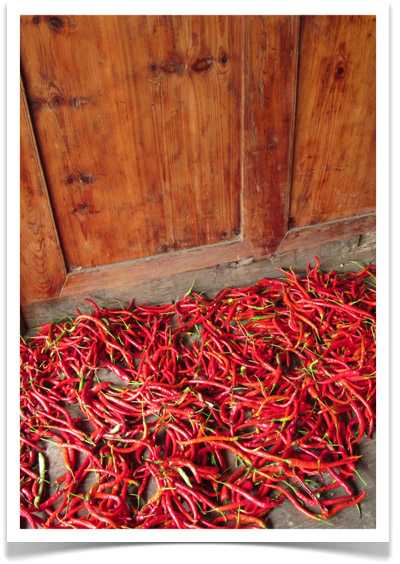Retreat of the Elephants
 Thursday, October 10, 2013 at 1:46PM
Thursday, October 10, 2013 at 1:46PM 
Certainly not an easy read, but Mark Elvin's The Retreat of the Elephant is an amazing compendium. The book provides an overview of 4,000 years of environmental history in China, and clearly shows that the ruling powers in China have been interacting with nature - on a huge scale and with mixed results - for a long, long time. Four thousand years ago, there were elephants throughout most of the area that what would later become China. Today, wild elephants are found only in small part of Yunnan province in the extreme southwest of the country. According to Elvin, "this pattern is the result of a protracted war with human beings which the elephants lost".
Once you start reading this book it is hard to put down. Especially if you work in China. It talks about humans, and elephants, and deforestation, and mountains and rivers, and ethnic marginalization, and Chinese colonialism, and the rise of Buddhism, and, perhaps most importantly, how all of these things fit together. I highly recommend this book. Am posting on it now because I just finished reading it - for the second time (thx, Jeff). [NOTE: Image is Fan Yi, Zhong Kui Riding an Elephant, Yale University Art Gallery].
 China,
China,  Mark Elvin,
Mark Elvin,  environmental history in
environmental history in  Art,
Art,  Other,
Other,  Science | |
Science | |  Email Article |
Email Article |  Print Article
Print Article 








